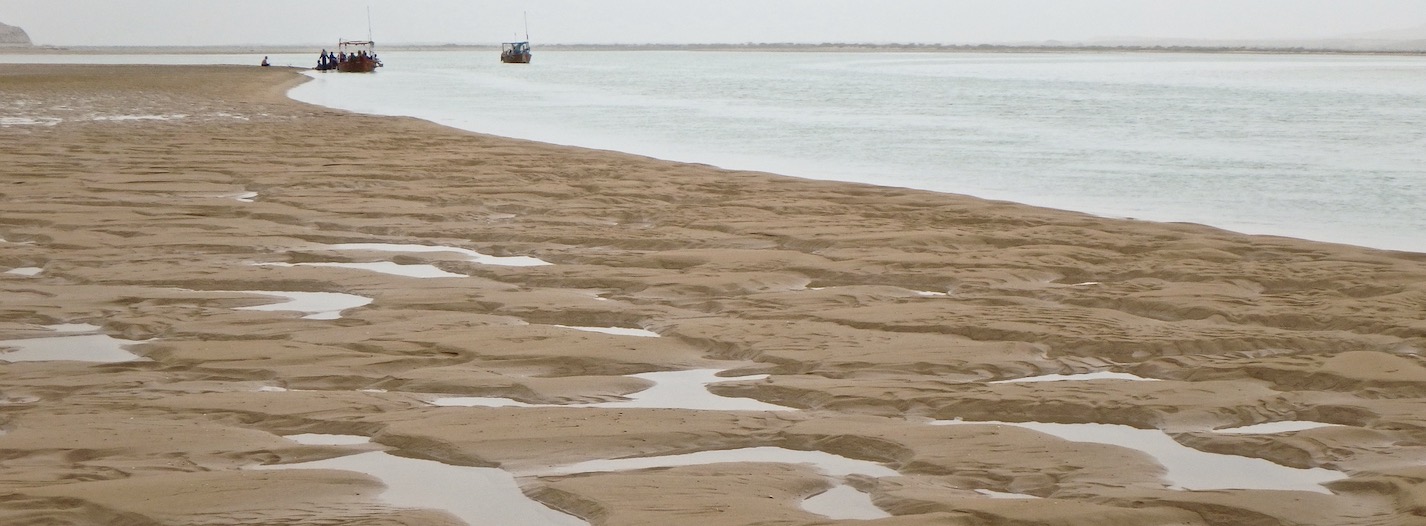
Modern Clastics of Pakistan – Analogs for Sembar and Lower Goru Reservoirs
Course Details
As nice as it is looking at outcrops and interpreting their environments of deposition and relating those to sub-surface reservoirs, the best way to develop a thorough understanding of the processes that influence reservoir presence, distribution and quality is to look at modern systems. Having looked at seismic, well-logs and core data from OGDCL, POL, OMV, OPL MPCL and UEPL we conclude that the primary reservoir targets within the Lower Goru comprise of tidal channels, tidal inlets, creeks, shorefaces and barrier island sandstones.
The upper portion of the Lower Goru represents a transition from deltaic to estuarine conditions (sigmoid, top-truncated clinoforms in the lower part, sub-parallel, continuous, variable amplitude reflection configuration in the upper part). The reservoirs are only a snap-shot in this evolution from regressive to transgressive conditions.
The modern coastline of Karachi makes an excellent analog for a variety of reasons. Damming of the Indus in the 1950s has resulted in a decrease in discharge of 80% (Milliman et al., 1984). Away from the active channel effluent, the delta is undergoing transgression due to a decrease in sediment supply, subsidence, and a eustatic sea-level rise.
The three-day field trip will not only introduce participants to processes but will leave a lasting impression of the heterogeneity associated with such reservoirs.
Who Should Attend
• Geologists
• Geophysicists
• Petrophysicists
• Engineers
This course is meant for all who are working on the Sembar and Lower Goru or similar shallow marine clastic reservoirs.
Need more information?
Course Outline
Day 1
You will be arriving the day before the course starts in Karachi, Pakistan and we will be picking you up and checking you in to your hotel. The next morning we will begin with a safety briefing, orientation to the field area, and an introduction to marginal marine clastic depositional environments.
We will be meeting at the hotel room for lectures on field safety, and sedimentary structures found in fluvial and shallow marine successions.
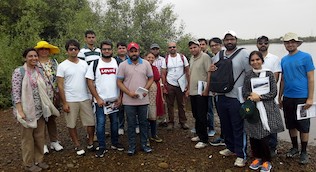
Day 2
We will gather at the hotel meeting room for lectures on clastic sequence stratigraphy
Climb to overview stop along the Hub Estuary and compare what you see with seismic horizon slices from sub-surface examples
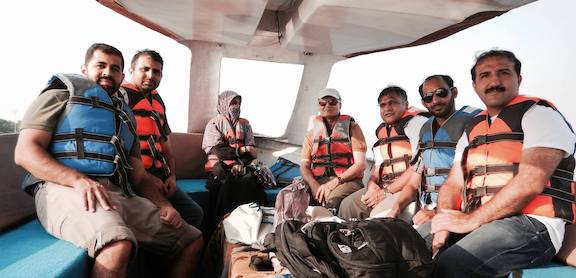
Day 3
On the third day, we will head to the Upper Delta Plain of the modern Indus. Participants will get an opportunity to investigate the turbidity maximum zone and its effect on reservoir quality of distributary channels. We will also discuss “overbank” environments including sand flats, mixed flats, and mud-flats.
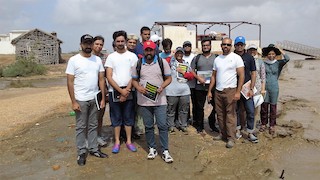
Day 4
We will be visiting the trunk distributary channel of the Indus delta and discuss dimensions of shallow marine sand bodies as exemplified by seismic data in cross-sectional view as well as amplitude extractions with an emphasis on the Lower Goru.
We will discuss the stratigraphic play potential of the lower delta plain on both active and abandoned lobes
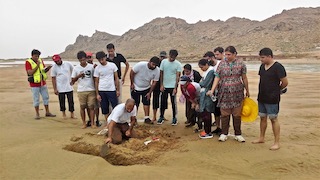
Day 5
We will be using a boat to visit one of the many mouth bars of the Indus Delta right at the Delta Front. From the boat, we will be collecting samples of the distributary channels and comparing grain-size and sorting with sands on the mouth bar. We will also be examining a spit-bar and the evolution of lobes from active to abandoned and the effect that can potentially have on reservoir distribution and quality.
We will be dropping you off at Karachi Airport for an evening departure.
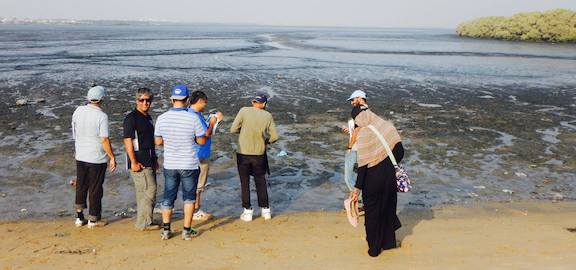
This field trip is run upon request only and requires a minimum of 10 participants. The cost per participant is $3500 and this includes 5 nights hotel stay in Karachi, all meals, boat and vehicle costs, fuel, tuition, field guide and exercise materials.
We have been asked why our field trips are so expensive. We guarantee you will learn more about the sedimentology and sequence stratigraphy of your reservoirs in the 5 days you spend with us than the past 5 years you have spent in the office if you don’t agree we will be happy to refund 50% of your tuition payment.
Please do bear in mind that lately cheap knock-offs of this field trip are being offered in Pakistan – but remember “you get what you pay for.“


